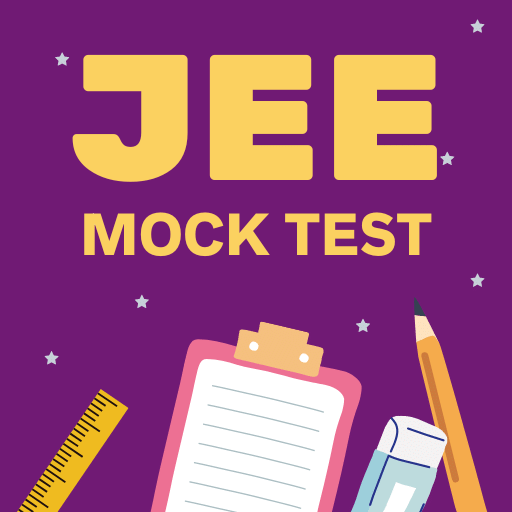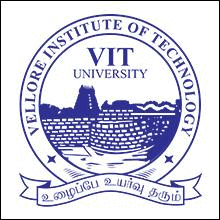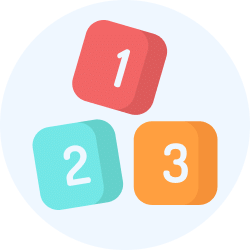States, Cities and Capitals | General Knowledge for Young Learners - Class 1 PDF Download
| Table of contents |

|
| States and Capitals of India |

|
| States and Capitals Map |

|
| What is a Union Territory? |

|
| Difference Between State and Union Territories |

|
| History of States and Capitals of India |

|
States and Capitals of India
India is the seventh largest country in the world and the second most populous nation. It comprises various states and Union Territories that collectively form a federation. Each state has its own administrative, legislative, and judicial capital, although in some states, all three functions are carried out in a single city. The governance of each state is overseen by a Chief Minister.
The Constitution of India was adopted on 26 November 1949 and came into effect on 26 January 1950. Familiarity with the states and their capitals is essential for understanding India’s diverse culture and governance.
Important Points
- India is the seventh largest country in terms of area.
- It is the second most populous country in the world.
- The country is made up of states and Union Territories that form a federation.
- Each state has its own administrative, legislative, and judicial capital, although some states have all three functions in one city.
- Chief Ministers govern the states.
- The Constitution of India was adopted on 26 November 1949 and came into force on 26 January 1950.
Indian States and Capitals
Here is the list of the Indian States and capitals that every Indian must know:


States and Capitals Map
As of January 2023, there is a total of 28 states in India and 8 Union Territories. Union Territories are administered by the President through the administrators that are appointed. The Hon’ble President of India is the constitutional head of the Executive of the Union. Each state has its own chief minister formulating the policies required to run the state.
What is a State?
Each state of India has an administrative, legislative, and judicial capital some states all three functions are conducted in one capital. It is a territory that has its own Chief Minister. A state has its separate government. Functions of the state are handled by the State Government such as security, healthcare, governance, revenue generation, etc.
What is a Union Territory?
A Union Territory is an administrative division that is directly controlled by the Central Government. Union Territories are ruled directly by the Central Government and have a Lieutenant Governor as an administrator, who is the representative of the President of India and is appointed by the Central government.
Note: Delhi, Puducherry, and Jammu & Kashmir do not operate in the same manner as the other five Union Territories of India since they have partial statehood status and have their own elected legislative assemblies.
 |
Download the notes
States, Cities and Capitals
|
Download as PDF |
8 Union Territories of India
There are a total of 8 Union territories of India. Here is the list of Union Territories of India and their capitals:
Difference Between State and Union Territories

History of States and Capitals of India
India is a sovereign, secular, and democratic republic with a parliamentary system. India gained its independence on 15th August 1947. It is known for its rich cultural heritage and natural beauty. The states and capitals of India are defined based on linguistic, cultural, and geographical factors. Each state and Union Territory has its own administrative, legislative, and judicial capital.
Integration of Princely States
After independence, India consisted of two main political units: the British Provinces and the Princely States. The partition between India and Pakistan left the princely states with three choices:
- Joining India
- Joining Pakistan
- Remaining independent
Out of the 552 princely states situated within India, 549 joined India and the remaining 3 refused to join India. However, they also integrated later. The Constitution of India was adopted on 26 November 1949 and it was implemented on 26 January 1950. The boundaries of the states of India are reorganized on a linguistic basis by the States Reorganization Act, of 1956.
|
51 videos|107 docs|39 tests
|
FAQs on States, Cities and Capitals - General Knowledge for Young Learners - Class 1
| 1. What are the names of all the states and their capitals in India? |  |
| 2. What is a Union Territory in India? |  |
| 3. What is the difference between a State and a Union Territory in India? |  |
| 4. How has the history of states and capitals in India evolved over time? |  |
| 5. How can I teach states and capitals to Class 1 students effectively? |  |
































